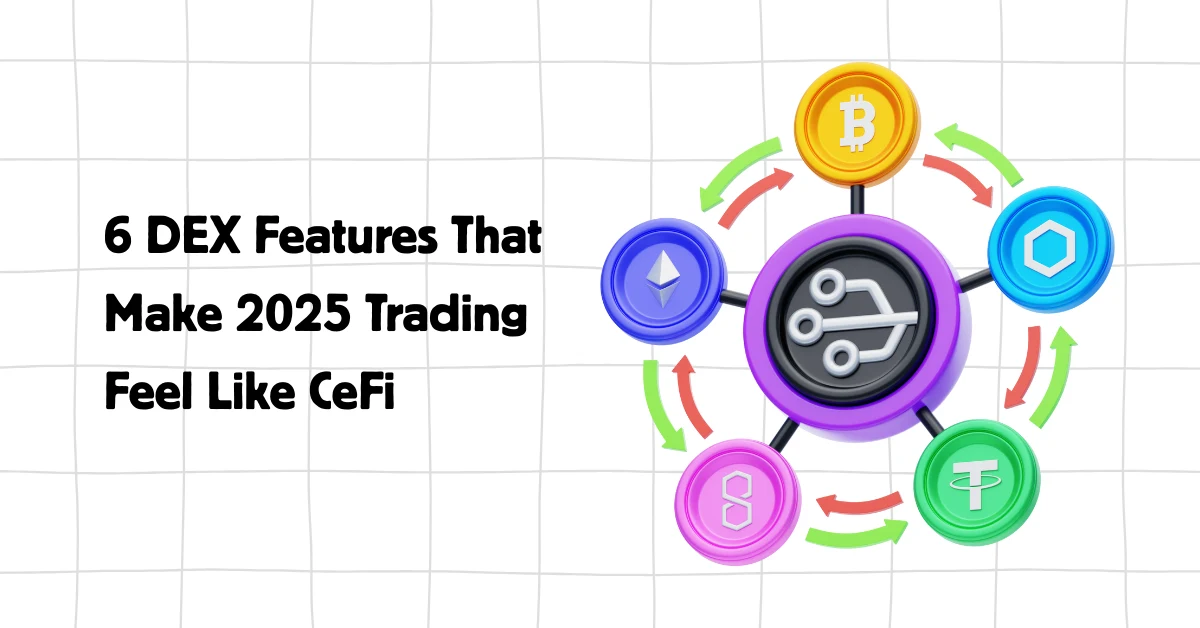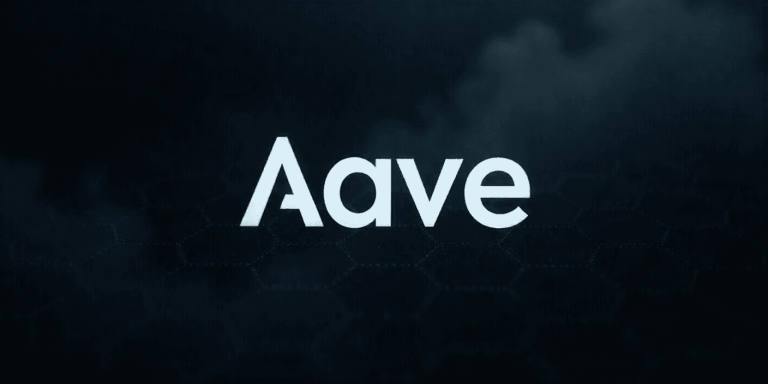
Cryptocurrency trading has seen remarkable advancements, and decentralized exchanges (DEXs) are now leading the charge. Unlike centralized exchanges (CEXs) such as Binance and Coinbase, DEXs allow users to trade directly with each other, eliminating intermediaries and lowering transaction fees. This breakthrough ensures traders retain custody of their funds, minimizing risks of losing assets due to systemic failures.
The Evolution of DEXs
Initially, DEXs endured setbacks related to clunky interfaces, slower speeds, and price slippage, giving them an ‘inferior’ reputation compared to their centralized counterparts. However, modern DEXs, like Uniswap and GMX, have innovated rapidly to offer competitive features, surpassing many expectations and rivaling CEX platforms.
UniswapX: Leading the Charge
Uniswap is a frontrunner in the DEX world, largely thanks to its revolutionary feature, UniswapX. Utilizing a “Dutch auction” mechanism, UniswapX pools liquidity from multiple sources to provide traders with the best prices and minimal gas fees. Even better, users are spared from using native tokens for transaction fees, making trading seamless. The platform incorporates MEV (Maximal Extractable Value) protection, enhancing price execution.
UniswapX offers a centralized-exchange-like experience with all the advantages of decentralization. To explore this platform, visit Uniswap’s official website.
GMX: Advanced Perpetual Trading
GMX is another major player revolutionizing DEX capabilities. Its version 2 introduces specialized “isolated pools,” enabling users to trade specific crypto pairs with reduced risks. GMX also supports synthetic markets with an auto-deleveraging mechanism that protects liquidity providers while optimizing trading strategies.
The new fee structure further improves capital efficiency, while Chainlink oracles ensure real-time pricing data, making trading more transparent and precise.
Curve: Innovating Stablecoin Trading
Known for its expertise in stablecoin trading, Curve has taken a significant step forward with its crvUSD, a decentralized stablecoin backed by over-collateralized debt. This token uses advanced algorithms to maintain its U.S. dollar peg, ensuring stability even during market turbulence. With benefits like zero minting fees and flexible liquidation processes, Curve cements itself as a pioneer in stablecoin integration.
Discover Curve’s features and innovations here.
New Frontiers for Trading: ArbiDex, PancakeSwap, and More
Projects like ArbiDex and PancakeSwap are breaking barriers by integrating institutional-grade features. By leveraging advanced protocols like Orbs’ dLIMIT and dTWAP, traders can access sophisticated tools like automated limit orders and time-weighted price orders. Meanwhile, PancakeSwap introduces professional-grade charting tools, enabling deep market analysis through candlestick charts, moving averages, and RSI indicators.
With these tools, DEX platforms have caught up to and, in some cases, surpassed the analytics and trading capabilities typically found on CEXs.
The Future Is Bright for Decentralized Exchanges
DEXs have come a long way from their early days. They now provide features that cater to both novice and seasoned traders, equipping them with user-friendly interfaces, competitive pricing, and robust security. The rapid evolution of platforms like Uniswap, GMX, and Curve affirms that DEXs are more than capable of addressing the demands of modern cryptocurrency traders.
Looking to enhance your trading experience? Explore tools and decentralized platforms like Uniswap and GMX today to embrace the advantages of decentralized finance (DeFi).



